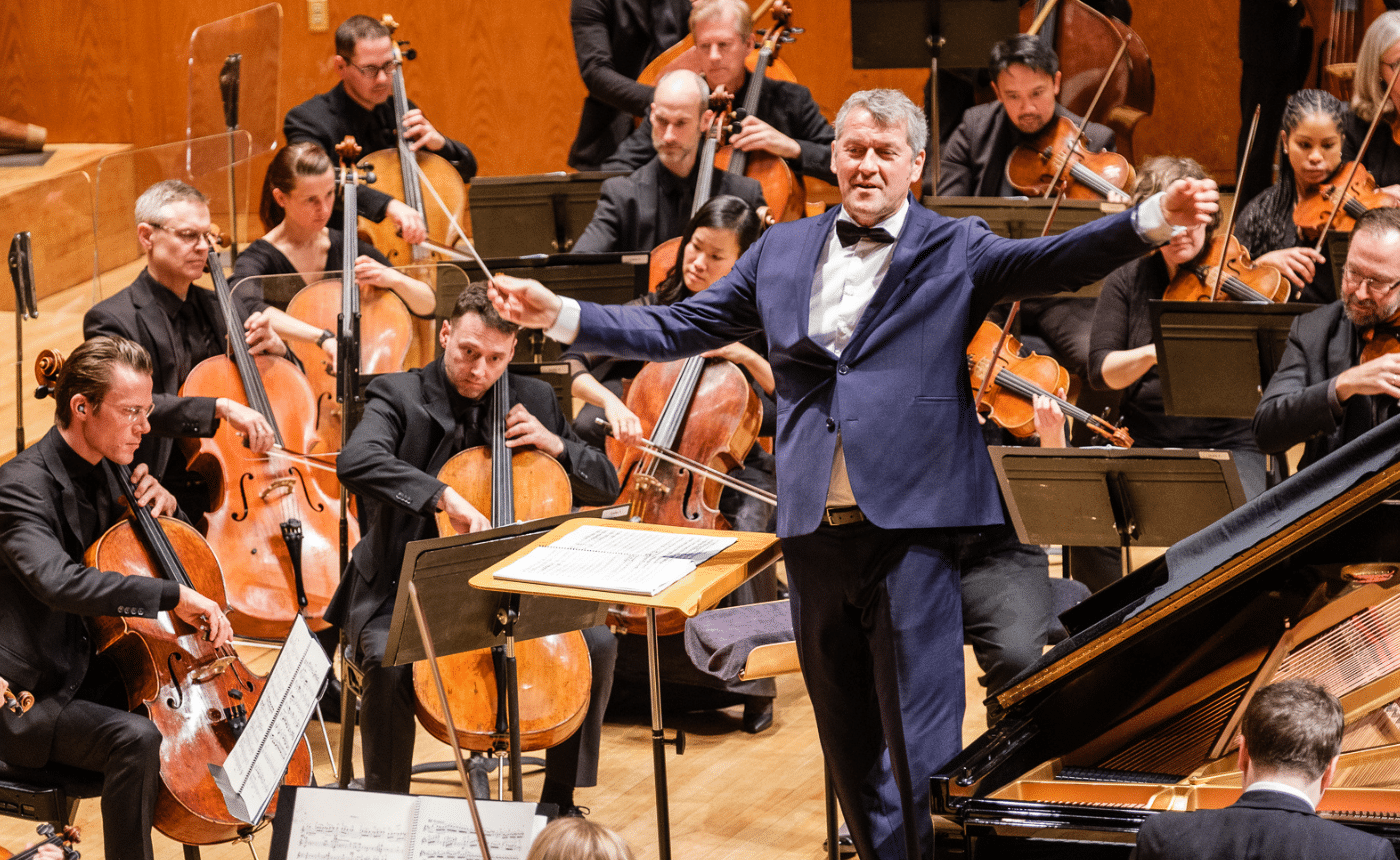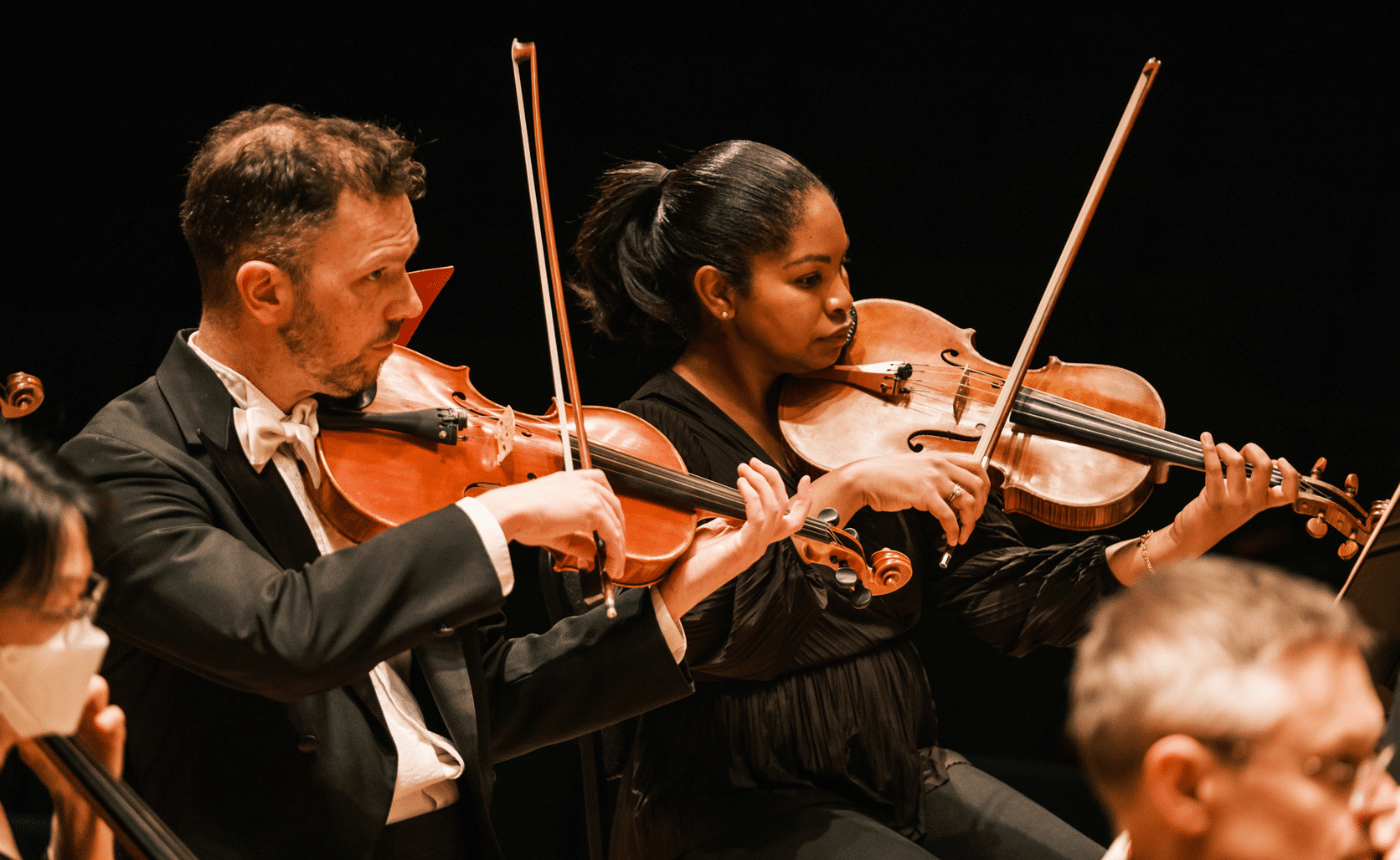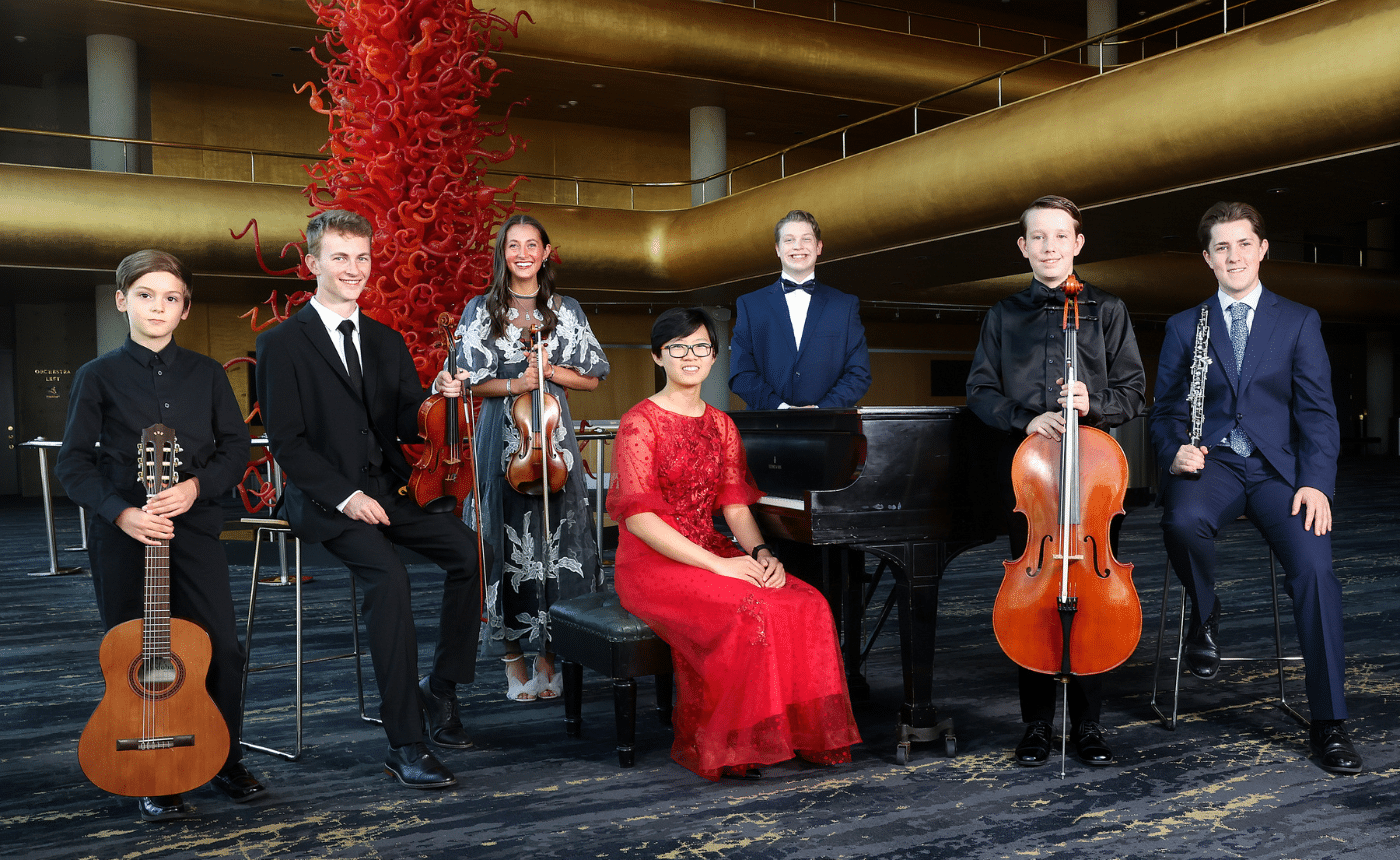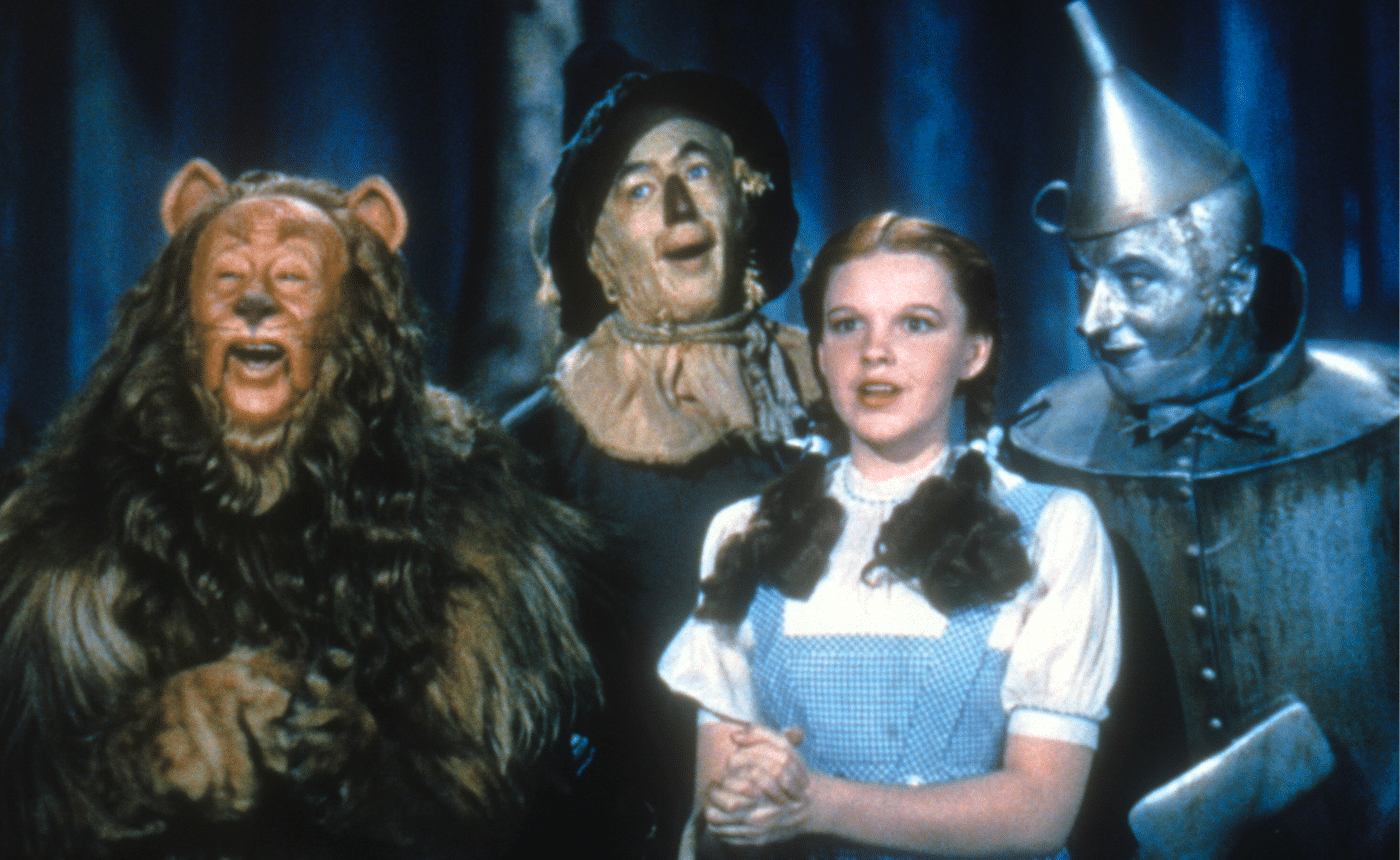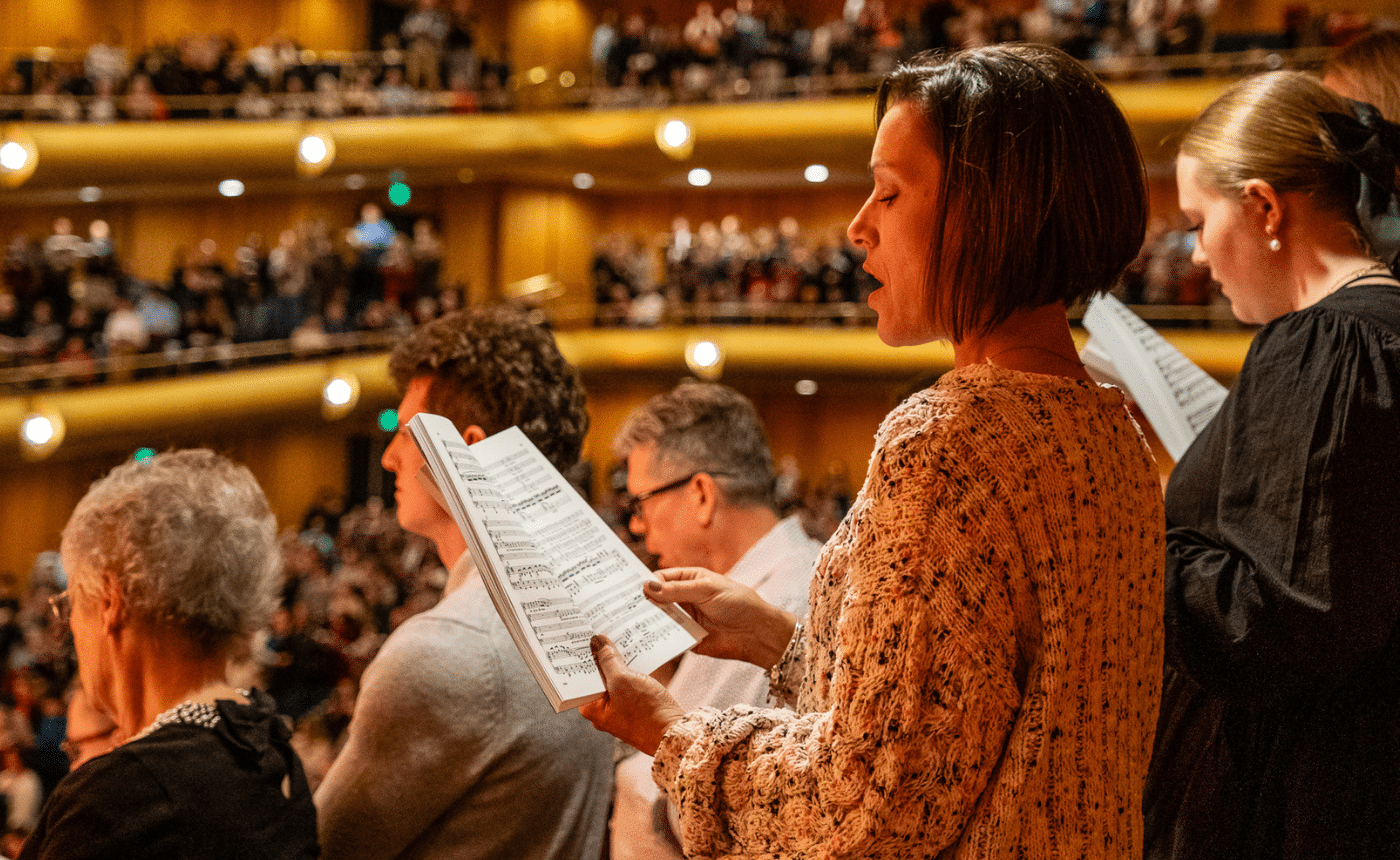Mozart – Concerto No. 26 in D Major for Piano and Orchestra “Coronation”
Written by Jeff Counts
THE COMPOSER – WOLFGANG AMADEUS MOZART (1756-1791) – Mozart was settled into a life more singularly focused on composition in 1788 and less on concert performance as a pianist. His final three symphonies date from this year, as does the D Major Piano Concerto. Mozart was far enough removed from a regular performance schedule in fact, that he found it difficult to arrange a premiere of his new concerto for over a year.
THE MUSIC – That first concert happened in Dresden in April of 1789 but it was the Frankfurt performance in October of 1790 that gave the work its nickname. Mozart was back in Germany for the coronation of Leopold II as Holy Roman Emperor and played the Concerto No. 26 as part of the regal festivities. The popularity trajectory of “Coronation” has been fitful. It was among his most beloved throughout the 19th century, owing to its easy charm and a weightless virtuosity that made the music seem less emotionally complicated than the 12 Vienna concerti he wrote between 1784 and 1786. These same qualities made No. 26 something of a relic in the last half of the 20th century. Alfred Einstein wrote in 1945 that “Mozart imitated himself” with this “amiable” work but Michael Steinberg warned us in 1998 not to confuse this lighter touch with triviality, noting that the piece’s reputation of simplicity is at least partly due to the unfinished nature of the piano part itself. Mozart, as the original performer, was not obliged by specificity in 1788. For him, a skeletal shorthand sufficed but we are left with lengthy sections for which the left hand notes are essentially nonexistent. The first printed edition of 1794 attempted to fill in some of the blanks but the result has not earned much critical support. By study and intuition, modern soloists now face the thrilling task of re-creating the master’s original intentions.
THE WORLD – The “Day of the Tiles” occurred in 1788, an event many credit as the start of the French Revolution. Cyrus Griffin became the 10th and final President of the United States Continental Congress. And Sydney, Australia was established by British colonists.
THE CONNECTION – Though many Mozart Concerti have appeared on Utah Symphony Masterworks programs, these performances offer the local premiere of No. 26.




